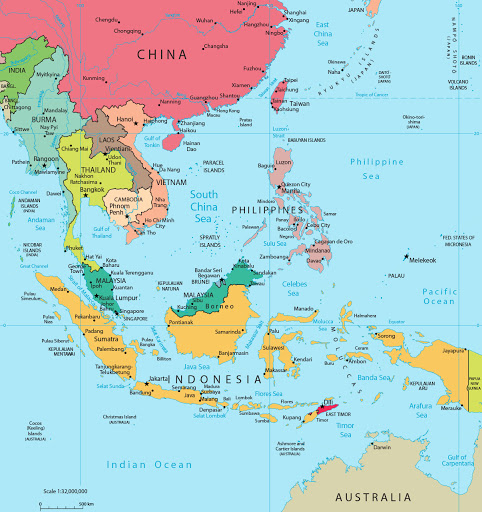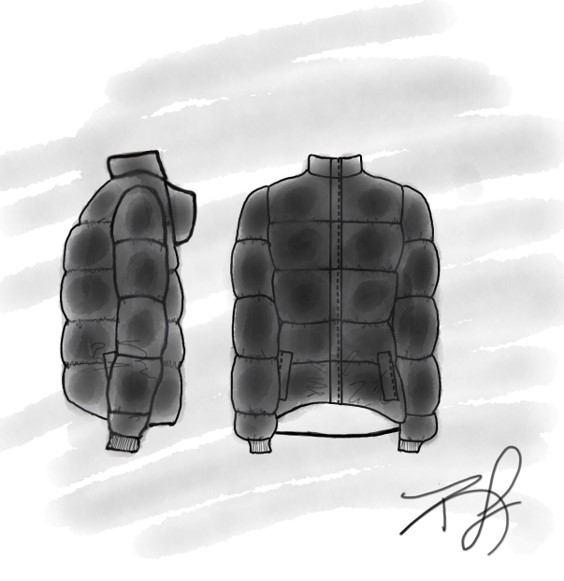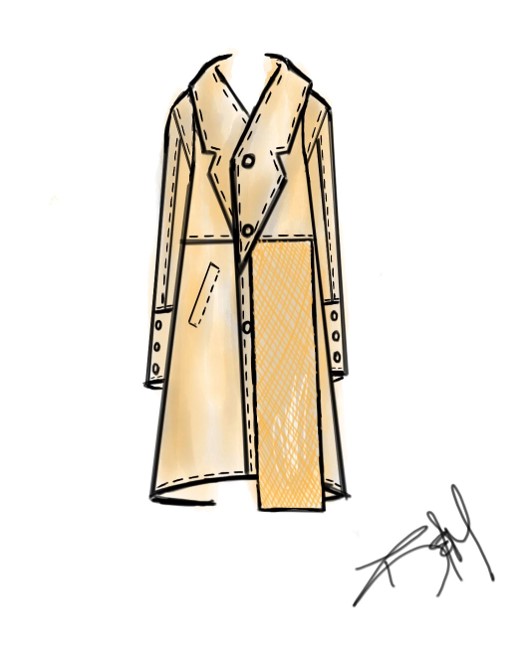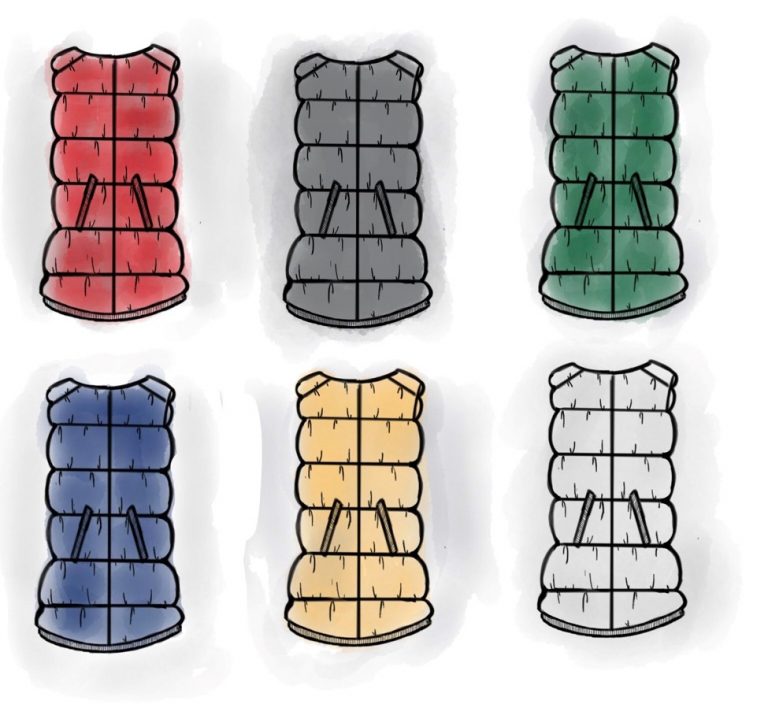Course Description
Economic perspective of textile products, production and global sourcing, with emphasis on United States fashion industries.
With the globalization of the apparel industry it is critical for students to understand the ways in which historical events and economic and political policies are shaping and changing the industry. This course is developed using academic rigor, knowledge integration, and critical thinking to enhance the learning experience of senior students. The course is designed to integrate economic, political, and historical influences on the global production of textile and apparel products, emphasizing the United States’ fashion industry. In addition, discussion include varying retailing models in industrial and developing countries throughout the world. Enhancement of the learning experience will be accomplished through reading assignments, intensive writing assignments, and class discussions.
This course taught Yelissa the global scale of fashion. By taking this course, she gained the ability to look the bigger picture rather than only small details.
Here is Yelissa’s course project:
Regional Textile and Apparel Outlook
For this assignment, students worked in groups to research the textile and apparel industry in different regions of the world. To complete the project, each group had to identify the demographics of the area, the history of the region’s textile industry, how the textile industry is now, and how it has impacted the people and land of the region.
Yelissa’s group decided on Mumbai, India. Below is a summary of their research:

Mumbai, a cosmopolitan city, has a populations of over 22 million ‘s and size is roughly 223 square miles. It’s first cotton textile mills were created by Parsi (Persian descendant) cotton merchants in 1854 and thrived for a decade. Due to different industries in the area developing technology faster and a vast amount of textile workers going on strike, mills started to close their doors, leaving the 600 acres of mills and worker housing empty. As of recently, these historic mills are either being renovated into luxury malls (e.g. High Street Phoenix) or luxury housing, and some are in the process of becoming textile museums to commemorate Mumbai’s history. For those still working in India’s textile industry, work is strenuous and wages are unlivable. Many workers take out loans to survive, but paying the bank back is difficult as well. Lack of safety regulations are another cause for worry and one of the reasons behind India textile industry disasters such as Rana Plaza.
For more detail, Yelissa’s assignment is linked below:








